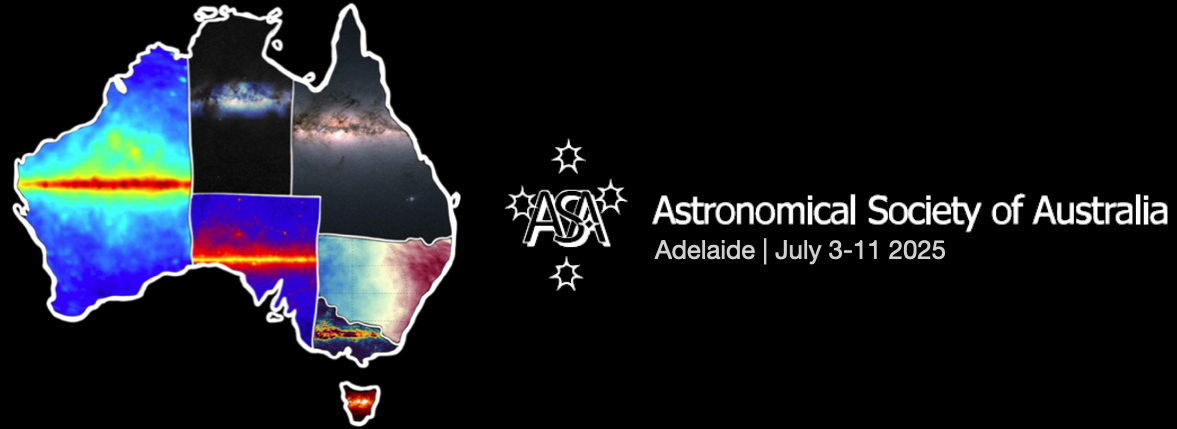Speaker
Description
Veloce is a high-resolution (λ/∆λ = 80,000), stabilized, echelle spectrograph at the 3.9m Anglo-Australian Telescope, optimized for bright star observations. It covers 396–940 nm across three spectral arms. A persistent issue has been electronic cross-talk in the red “Rosso” arm, where electronic ghost images appear in one quadrant due to bright pixels in another quadrant. This cross-talk is not uncommon amongst large-format detectors read out using multiple amplifiers. However, documentation of a treatment for this effect is sparse in the literature. In Veloce data obtained with SDSU2 controllers (prior to their replacement in June 2023), pixels close to digital saturation produce electronic ghosts at levels of 50–100 adu. While this effect is unlikely to significantly impact radial velocity precision, it does obscure potentially useful data, making correction highly desirable. We have developed a correction pipeline that uses binary dilation to generate a source mask, maps cross-talk pixels, estimates background; and finally applies a linear correction. We find that separate corrections are required for pixels that are bright but unsaturated, just saturated, and highly saturated. Given the shortage of published solutions, our approach may be useful for mitigating these effects in other multi-channel detectors.

